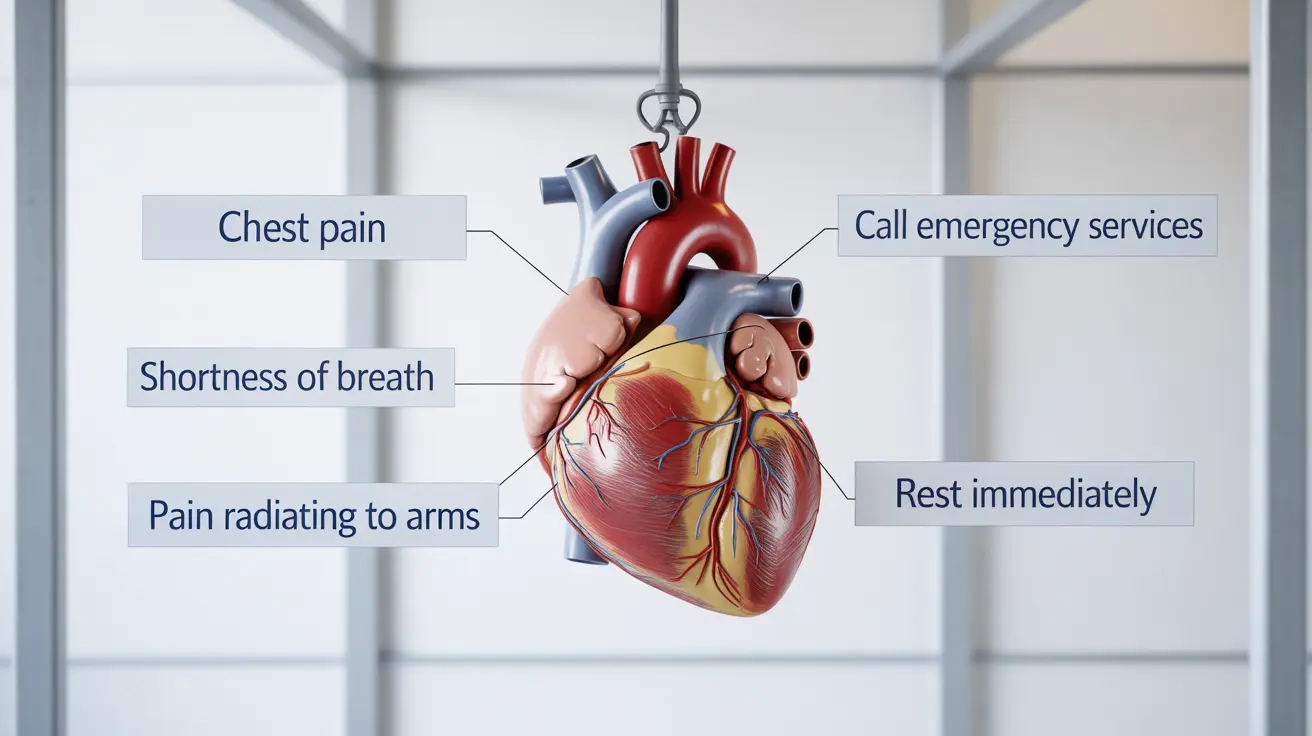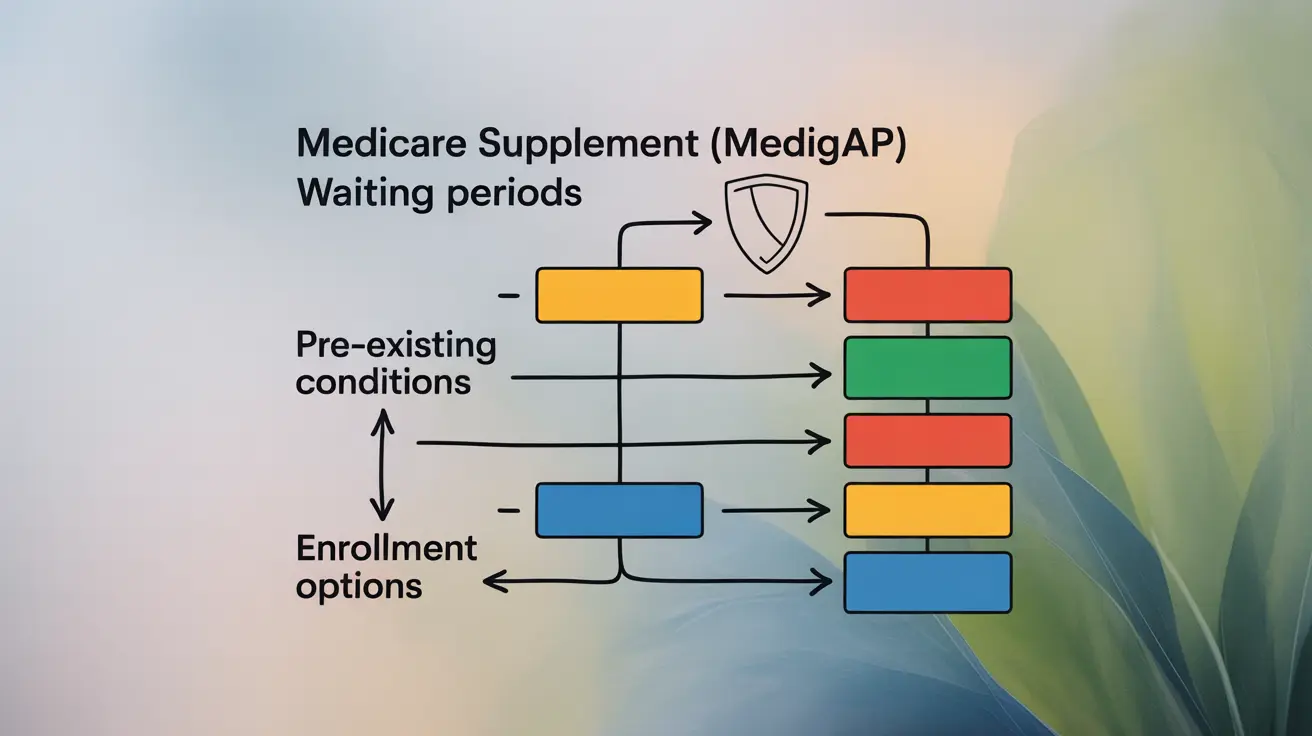Primary ciliary dyskinesia (PCD) is a rare genetic disorder that affects the function of tiny, hair-like structures called cilia in various parts of the body. This condition primarily impacts the respiratory system, leading to a range of symptoms and potential complications. In this article, we'll explore the causes, symptoms, and management strategies for PCD, as well as the support options available for those affected by this challenging condition.
While PCD is not widely known, understanding its implications is crucial for those diagnosed with the disorder and their families. Early diagnosis and proper management can significantly improve quality of life and long-term outcomes for individuals living with PCD.
What is Primary Ciliary Dyskinesia?
Primary ciliary dyskinesia is a genetic disorder characterized by dysfunction of the cilia, microscopic structures that line various organs and tissues in the body. In healthy individuals, cilia play a vital role in moving mucus, fluids, and particles within the body, particularly in the respiratory system. When these cilia don't function properly, it can lead to a range of health issues, primarily affecting the lungs, sinuses, and ears.
The Role of Cilia in the Body
Cilia are essential for maintaining healthy respiratory function. They help to:
- Clear mucus and foreign particles from the airways
- Prevent infections by trapping and removing harmful bacteria
- Facilitate the proper flow of fluids in various organs
In individuals with PCD, these functions are impaired, leading to the accumulation of mucus and an increased risk of infections.
Causes and Genetic Risk Factors
PCD is an inherited disorder, meaning it's passed down through families. The condition is caused by genetic mutations that affect the structure and function of cilia. These mutations can occur in various genes responsible for cilia development and movement.
Inheritance Pattern
PCD follows an autosomal recessive inheritance pattern. This means that for a child to develop PCD, they must inherit a mutated gene from both parents. If both parents carry one copy of the mutated gene, there's a 25% chance their child will have PCD.
Genetic Testing and Counseling
For families with a history of PCD or those concerned about their risk, genetic counseling and testing can be invaluable. Specialized genetics teams, such as those at major medical centers, offer comprehensive risk assessments and can help families understand their likelihood of passing on the condition.
Symptoms and Complications of PCD
The symptoms of PCD primarily affect the respiratory system but can also impact other parts of the body. Common signs and symptoms include:
- Chronic cough, often wet-sounding and productive
- Frequent respiratory infections, including pneumonia and bronchitis
- Recurrent sinus infections
- Persistent runny nose
- Hearing problems or recurrent ear infections
- Difficulty breathing or shortness of breath
Situs Inversus
Interestingly, about half of individuals with PCD also have a condition called situs inversus, where the internal organs are positioned in a mirror image of their normal location. While this doesn't typically cause health problems on its own, it's an important diagnostic clue for PCD.
Potential Complications
If left untreated or poorly managed, PCD can lead to more severe complications, including:
- Bronchiectasis (permanent widening of airways)
- Chronic respiratory failure
- Hearing loss
- Infertility or reduced fertility
Management and Treatment Strategies
While there is no cure for PCD, various management strategies can help control symptoms and prevent complications. Treatment typically involves a multidisciplinary approach, including:
Airway Clearance Techniques
These techniques help remove mucus from the airways, reducing the risk of infections and improving breathing. Methods may include:
- Chest physiotherapy
- Postural drainage
- Use of devices like flutter valves or positive expiratory pressure (PEP) devices
Medications
Various medications may be prescribed to manage symptoms and prevent complications:
- Antibiotics to treat and prevent infections
- Bronchodilators to open airways
- Anti-inflammatory drugs to reduce airway inflammation
Lifestyle Modifications
Certain lifestyle changes can help individuals with PCD manage their condition more effectively:
- Regular exercise to promote overall lung health
- Avoiding smoke and other airborne irritants
- Maintaining good hydration to keep mucus thin and easier to clear
Support and Care Options
Living with PCD can be challenging, but various support options are available:
- Specialized PCD clinics at major medical centers offer comprehensive care and the latest treatments
- Support groups and online communities provide emotional support and practical advice
- Educational resources help patients and families better understand and manage the condition
With proper management and support, many individuals with PCD can lead fulfilling lives and effectively manage their symptoms.
Frequently Asked Questions
- What are the symptoms of primary ciliary dyskinesia (PCD) and how are they managed?
The main symptoms of PCD include chronic cough, frequent respiratory infections, sinus problems, and recurrent ear infections. These symptoms are managed through a combination of airway clearance techniques, medications (such as antibiotics and bronchodilators), and lifestyle modifications. Regular medical follow-ups and a multidisciplinary approach to care are essential for effective symptom management.
- How is primary ciliary dyskinesia (PCD) inherited, and what are the genetic risks for family members?
PCD is inherited in an autosomal recessive pattern, meaning a child must receive a mutated gene from both parents to develop the condition. If both parents carry one copy of the mutated gene, there's a 25% chance their child will have PCD. Genetic counseling and testing can help families understand their risk and make informed decisions about family planning.
- What are the best airway clearance techniques and treatments for primary ciliary dyskinesia (PCD)?
Effective airway clearance techniques for PCD include chest physiotherapy, postural drainage, and the use of devices like flutter valves or positive expiratory pressure (PEP) devices. These methods help remove mucus from the airways. Treatment also involves medications to manage infections and inflammation, and regular monitoring by a healthcare team specializing in PCD.
- Can primary ciliary dyskinesia (PCD) cause infertility in males and females, and what are the options for fertility treatment?
PCD can affect fertility in both males and females due to impaired cilia function in the reproductive system. Males may have reduced sperm motility, while females might experience difficulties with egg transport. Fertility treatments, such as in vitro fertilization (IVF), can be effective options for those with PCD who wish to have children. Consultation with a fertility specialist familiar with PCD is recommended.
- What lifestyle changes can help reduce the risk of complications from primary ciliary dyskinesia (PCD), and improve quality of life?
Lifestyle changes that can help manage PCD and improve quality of life include: maintaining regular exercise to promote lung health, avoiding smoke and air pollutants, staying well-hydrated to keep mucus thin, adhering to prescribed treatments and airway clearance routines, and getting vaccinations to prevent respiratory infections. Additionally, joining support groups and staying informed about PCD can help individuals better manage their condition and improve overall well-being.




